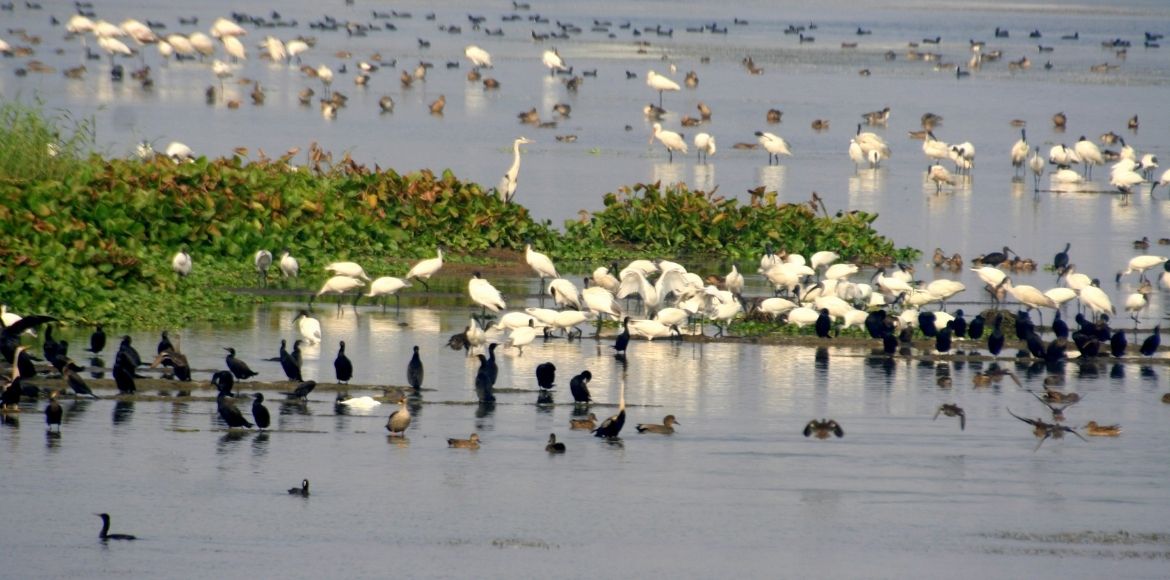A key location for migrating birds, the transboundary wetland in Delhi and Haryana’s census revealed more waterbirds and species than it did the previous year.
This week’s Najafgarh Jheel waterbird survey revealed bigger numbers and more species than it did last year.
At the Najafgarh jheel, a transboundary wetland that is located in both Delhi and Haryana. The Asian Waterbird Census, which conducted throughout the nation as part of the International Waterbird Census. It is manage by Wetlands International, counted 79 species of waterbirds. 71 species counted in 2022, compared to 81 species in 2021 and 54 species in 2020, according to the census.
Najafgarh Jheel, Delhi NCR:
A total of 26,539 birds counted this year, more than 10,592 last year. And close to the 27,673 birds counted in 2021. This year’s count of birds is also higher than the figure of 9,453 from 2020. The Najafgarh jheel is a wetland that is a significant site for migratory birds.

The National Green Tribunal had ordered Delhi and Haryana to enforce the environmental management plans. That the two governments had created to safeguard and revitalise the jheel in a ruling last year.
The arrival of winter migratory birds in Delhi this year was postpone due to a slow start to the winter. According to T K Roy, environmentalist and organiser of the Asian Waterbird Census in Delhi. According to him, the jheel is an excellent habitat for “feeding and day roosting for geese, ducks, and wader species.”
48 of the 79 species identified this year were migratory species, including the Bar-Headed Geese that migrate from Central Asia. The Common Teal and Northern Pintail that travel from north Asia.
At the Najafgarh jheel, endangered species listed on the Red List by the International Union for Conservation of Nature were also observe. The IUCN has classified the Sarus Crane, one of the permanent species at the jheel, as “vulnerable.” Other resident species sighted at the jheel this year included the Painted Stork, the Oriental Darter, and the Woolly-Necked Stork.

